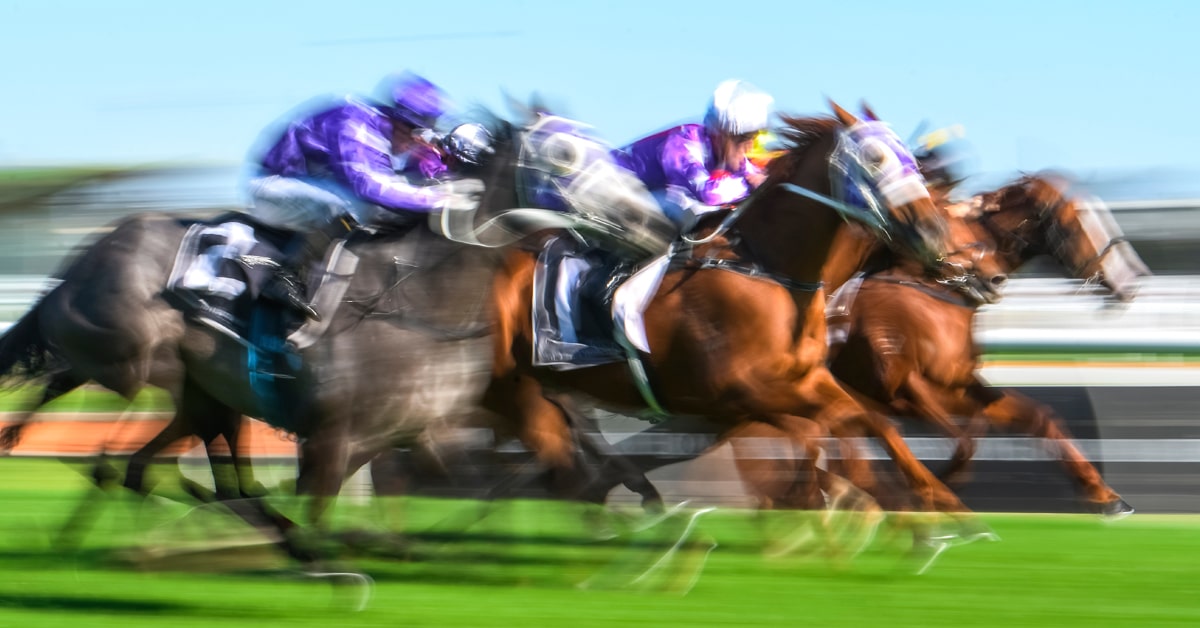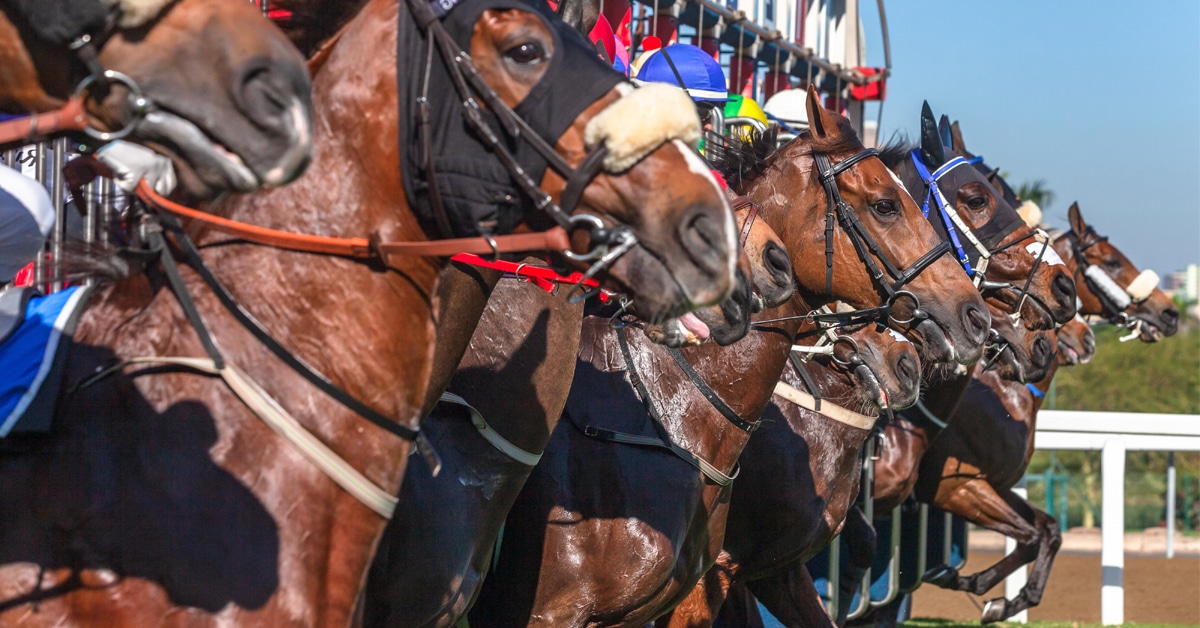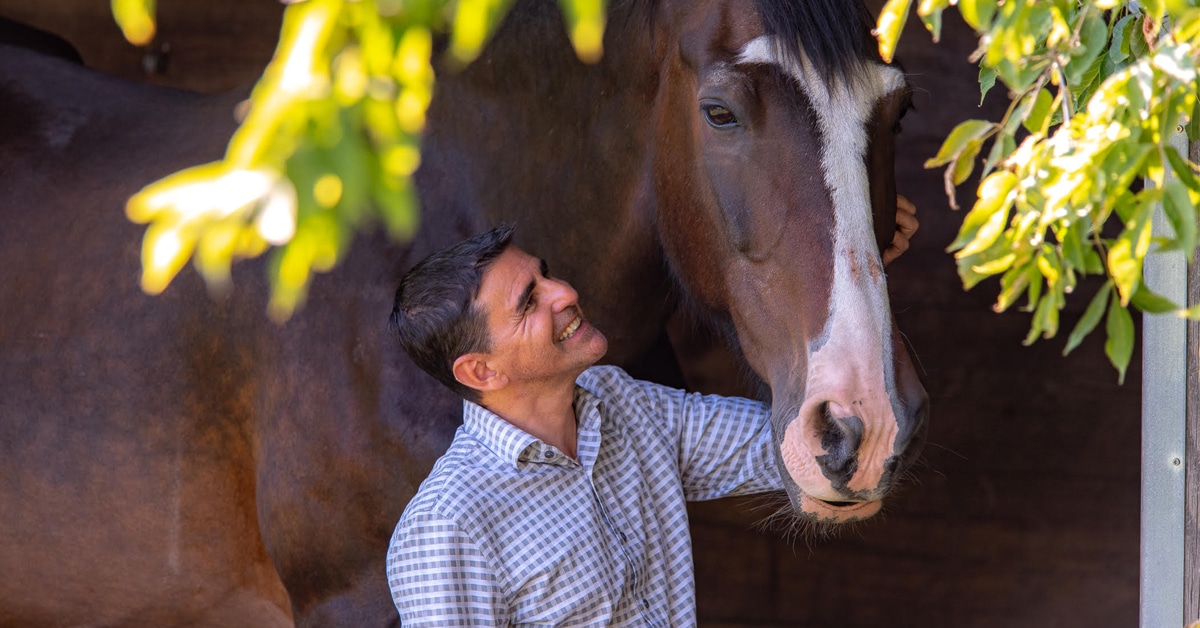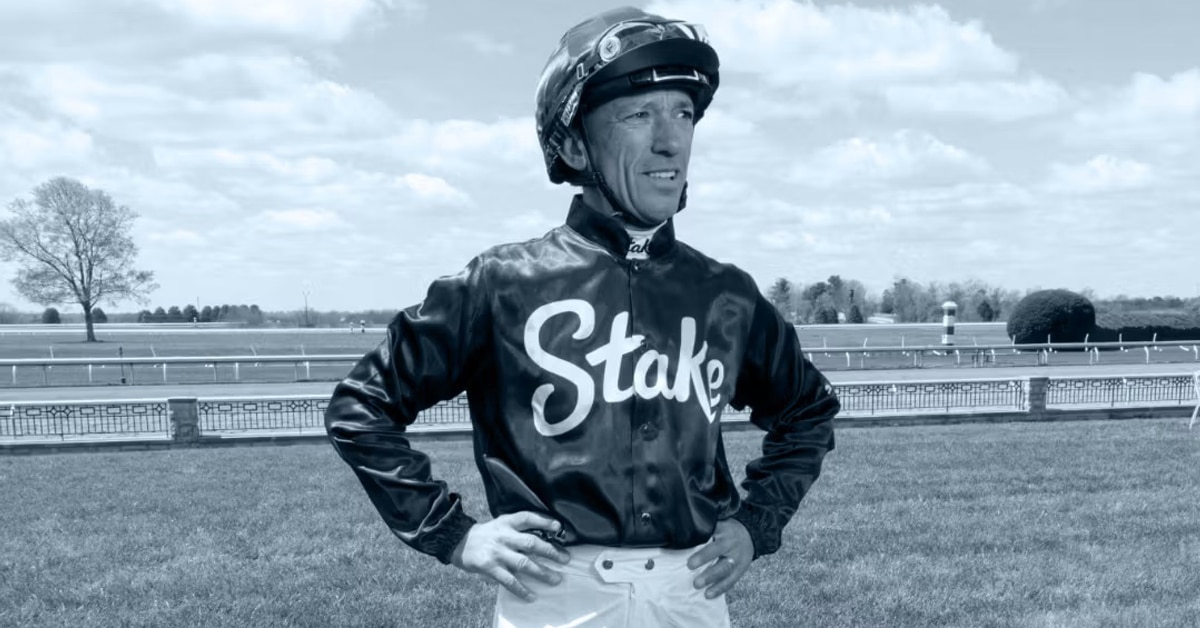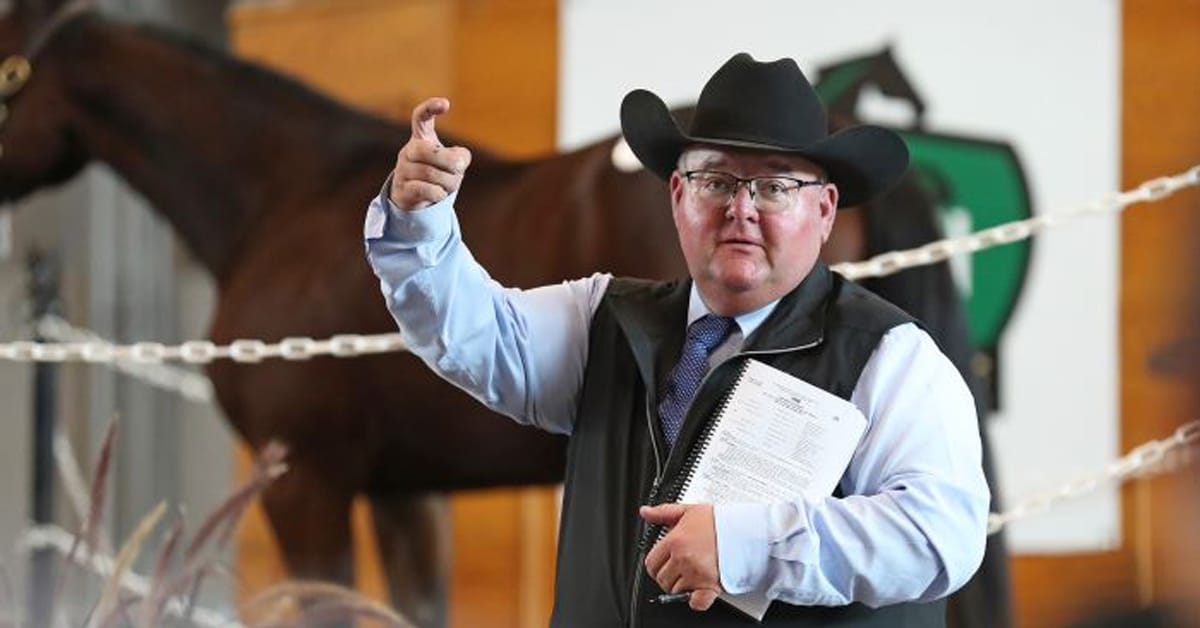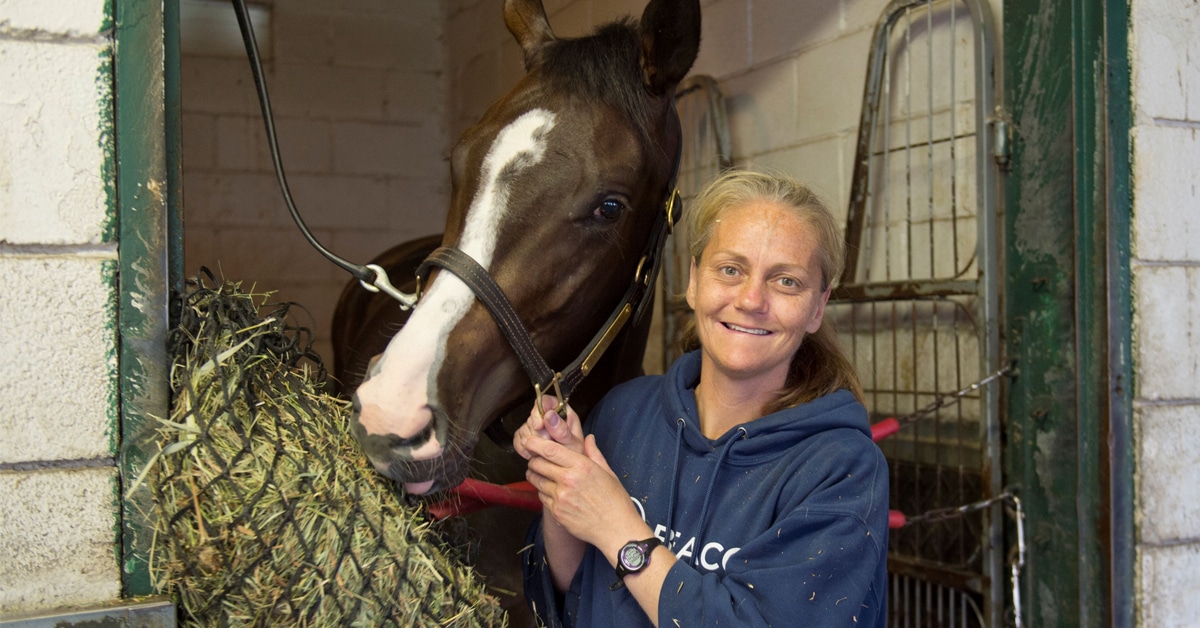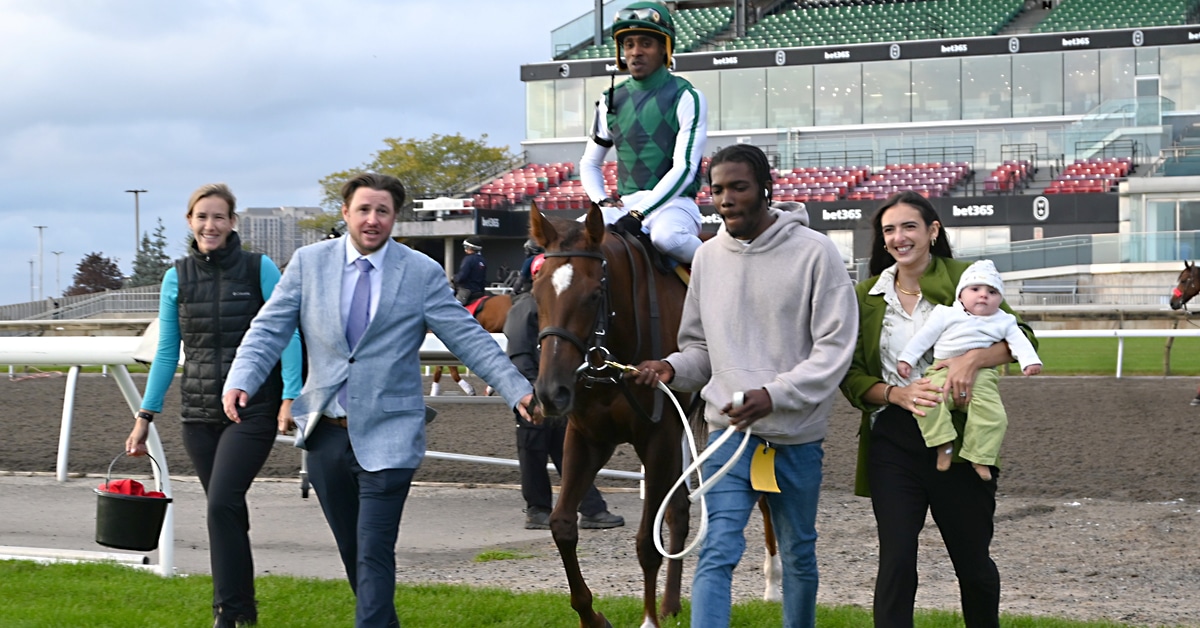In traditional horsemanship it’s normal to look at horses very subjectively: he’s a good one, or, he’s got vices; he’s a bucker, a puller, a rearer; he’s stupid, stubborn or crazy. And the mechanically minded human has resorted to all kinds of devices to help get more control over theses unruly beasts: bigger bits, longer shanks, sharper spurs, martingales, draw reins, tie-downs, to mention just a few of the most common ones.
It seems that we are quick to label and blame horses for their undesirable behaviours and this is probably what separates the traditional approach from the natural approach: the attitude we have to the horse.
If we were to think of things from the horse’s point of view, we’d probably have a very different picture. That crazy horse could be deathly scared of people/saddles/a bit in his mouth/pressure from the leg, and a scared horse will do anything to defend itself—anything. I’ve heard people talk of them running blindly into trees, falling over, trying to jump fences 7 foot high, even killing themselves by flipping over.
The human says “stupid horse”, but the natural horseman says, “why did that horse feel like his life was being threatened?”
Horses are prey animals, people are predators. This is a biological fact. Prey animals have their eyes on the side of their head so they can see all the way around them, they are perceptive to danger and fly from fear. Predators have their eyes on the front of their head, they have binocular vision for hunting, they are the danger and they don’t run away—they stand and fight or they freeze.
When wild horses first see humans they see a predator, and naturally, they are afraid. Very little is different in the “domesticated” horse. Even though he may have been raised by hand, he still has a wild horse in him and this is what hurts and frustrates people when it comes to the surface. It’s usually the prey animal characteristics that people are unhappy about. For example: running off, bucking, rearing, striking, kicking, throwing themselves to the ground, charging at people, being hard to catch. These are all the things that help a prey animal survive. They are designed to out-think predators, to be quicker and to out-maneuver them.
What we need to do is stop for a moment and consider these behaviors. It’s not a bad horse, it’s a good prey animal. Now, what do we need to do so we don’t evoke these defenses and reactions? This is the real question for the aspiring horseman.
The Things that Evoke Defensiveness
The hard part for many people to accept is that maybe we have something to do with the problem. An old teacher of mine once said, “if you are not part of the solution, you are probably part of the problem”, which might help us to think about the relationship between ourselves and our horses. For example, I often have people tell me that all their horses rear, so what is it that they are doing that might be causal to this?
Here are some of the most common “mistakes” innocent predators (people) make around horses:
1. They think horses are safe and simple When you truly understand horses, this is true, however most people expect to be able to do anything they like with a horse while the horse behaves, stands still and does nothing wrong. These are the kind of people who get bitten and kicked or run away with.
2. You just saddle them up and get on, no other preparation needed. This is why people get bucked off, run off with and deal with “cold-backed” horses. Tying a horse to the rail and throwing a saddle on is akin to tying a girl to a tree so you can kiss her. If they are not willing to stand and give you permission to do it, your relationship is not right. Horses are often scared of the saddle which is why they need to be cross-tied, they don’t have enough respect to stand still for you and they are not mentally and emotionally prepared for it. I believe that preparation is essential. Preparation gets horses in the mood to be saddled and ensures you have a good and trusting enough relationship with them to know they aren’t going to misbehave when you do up the cinch and get on.
3. Kick to go, pull to stop- that’s how you operate a horse. I think of all the lies we are told, this is the most damaging. Somehow these techniques have been handed down and I see horses being kicked and kicked, growing more and more stubborn and resentful, then the spurs and whips come in because the common perception is that the horse can’t feel it well enough.
How many hard mouths have you come across? Many people just pull harder and harder on a horse that does not want to stop. They go to bigger bits, and along with the bits comes some kind of tie-down because the harder they pull, the more the horse flings his head up into the air. The natural approach means squeezing to go and lifting to stop. As soon as you pull backwards on the reins a horse will set his jaw and plunge his weight forward. By lifting, the horse lowers his hindquarters. Learn to relax all your energy when you want to stop, to let the life run out of your body. And when you want to go, bring your life up.
The final secret here is causing the horse to believe it’s his idea to want to stop. If he’s not scared, if he has respect for you, and if you have helped him to find impulsion (part of my teaching program), you can stop him without reins.
4. Quick hands. Quick hands produce bracey horses. When you reach for the reins, horses tighten their jaws and their necks in self defense. Then their heads go up. The tighter you hold, the more claustrophobic and panicky the horse gets. All of the prey animal survival strategies come into play.
Most horse-riding equipment is designed to reinforce this: there are reins with rubber on them, with “stoppers” and grips so you can hang on no matter what the horse does. Learn to have hands that close slowly and open quickly—hands that open when the horse gives to the pressure. It doesn’t matter whether you are holding the reins or your lead rope. You should remember these rules any time you touch your horse, handle a rope or the reins. Learn to put “feel” into your hand by closing fingers one at a time and then releasing the instant your horse is soft to you.
5. You have to show a horse who’s boss. Here is one of the myths that causes the most problems. It leads to aggressive, insensitive treatment of the horse and it can only produce negative responses: fear and resentment.
It is true that horses are natural followers and they are looking for natural leaders. In the herd environment the leader is called the “alpha” horse. He or she (usually she) is the most dominant and all the other horses follow her lead. If the alpha is calm, they are calm. If the alpha is alert, they are alert. If the alpha gets scared, they are scared. This is how herd mentality saves prey animals’ lives. In the human environment, the horse is still looking for a leader. If you earn that right, you’ll have a trusting, respectful horse that follows your lead willingly. If you aren’t a good leader then your horse might try to dominate you and become the alpha. And if you are an aggressive leader he’ll learn not trust you and you’ll inspire fear rather than confidence.
Horses do not understand punishment. They don’t cope well with human emotions like anger and frustration. These emotions evoke fear and confusion. Instead, they understand comfort and discomfort. They want to be comfortable and that is why release is so valued by them (see #4). But a horse will not care about comfort if he thinks his safety is being threatened. That’s why they can endure all kinds of cruelty and harsh, punishing treatment— they’ll tolerate whatever they have to in order to survive. That may not seem logical to us, but then, we don’t think like prey animals… yet.
In natural horsemanship, we learn to think like a horse, to prove that we are not going to act like a predator, and to be assertive rather than aggressive.
Assertive is somewhere between being aggressive and being a wimp. It’s about being able to be as firm as necessary without getting mean or mad, and to do so with four “phases” of friendly firmness. The first phase being as light as possible, the fourth phase matching the resistance and adding four ounces.
Horses need black and white lines, they need to know when they are right and when they are not, and not to get into trouble for it. You can cause a horse to be uncomfortable without hurting him and this is the secret. He’ll put effort into finding the right thing to do and he’ll respect you for showing him.
Thinking like a Horse
You’ve probably heard about relationship strategies that urge you to step into the other’s shoes, to see things from their point of view in order to be able to understand them better and to avoid misunderstandings. The same applies to the horse-human relationship.
Probably the first thing to accept is that this is a relationship, and secondly that the quality of the relationship is solely YOUR responsibility.
In order to think like a horse, you need to understand prey animal psychology. You need to find out what makes horses tick, what drives them. And contrary to public opinion, food is nowhere near the top!
Horses are interested in the following things in the following order of importance: 1) Safety, 2) Comfort, 3) Play, and 4) Food.
You need to understand that they perceive you as a predator and that the first thing you have to do is reassure them that you are not going to hurt them. The next thing is to prove to them that you are worthy leader and you do this by playing the same kinds of dominance games horses play with each other.
I have identified these games after years and years of observing horses in their natural state and I’ve called then the 7 Games. There are, naturally, seven, and once you know this combination you can use them very effectively to both befriend a horse and earn the right to be his alpha.
Through the 7 Games you establish the kind of relationship that most people dream about, even with a very difficult horse. They work because they “talk horse” to horses, helping people to do as horses do when in horseville. It causes horses to have a very different perspective about their “predator” and this is when most, if not all, the so-called vices and problems with horses go away. While most people look for that special device or that one technique to solve a problem, I’ll give you the strategy that not only solves problems, it also prevents them.
My goal for you
My first goal for you is to put the fun back into your relationship with your horse which is easy to do once all the frustration is gone. Secondly it’s to develop skills around horses that probably 98% of all horse owners don’t have. Thirdly it’s to give you a pathway to follow if you want to develop those skills to a very high level, for professional or competitive goals or in pursuing the art of horsemanship.
Whatever your goals, I want you to become the kind of person your horse wants you to be, so you can be happy and successful in your relationship with horses.
The Latest
